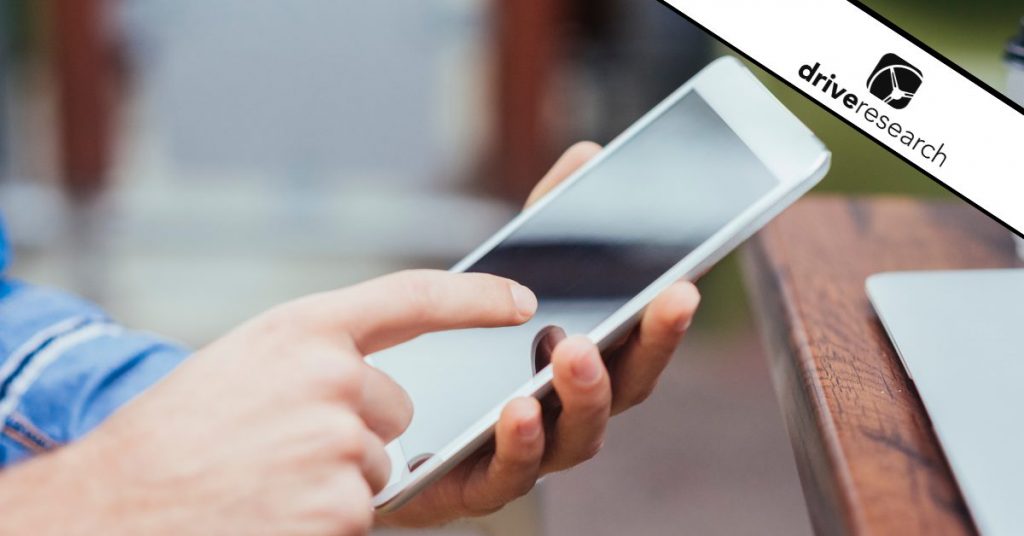
In-Home Usage Test (IHUT) project can offer a lot of value for a company. IHUTs are often used to test the feasibility, appeal, or potential barriers with a new product in a new market. Products are sent to homes and tested with willing respondents who offer feedback in exchange for trying the new product. Sometimes companies allow the respondent to keep the product as the reward while others have the product shipped back to them.
Wondering how an in-home usage test (IHUT) project might work for your company? Learn more from our national IHUT testing company.
Here is an example of what a scope of a market research project may look like for a client. It discusses the objectives, proposal process, approach, fieldwork, and final steps of an IHUT project. The following is a case study example of how to conduct a national in-home usage test (IHUT) project.
Design Objectives
Recently a manufacturer of cordless power outdoor tools wanted to hire Drive Research to conduct a market research recruitment project. The objective of the market research was to obtain feedback through IHUTs. The study would recruit 30 users across 10 states in the United States. It would provide the client with insights and feedback around their cordless outdoor power equipment as part of a specific line of manufactured products. The timeline for testing varied by product type ranging from beginning in the Spring, Fall, and Winter.
Request Proposal
The client reached out to a national market research company to collect a proposal for the work. The 7 components of a market research proposal are included here. The proposal outlined the objective, approach, recruitment process, fieldwork, timeline, and fees for the IHUT project. Because of all of the planning and logistics of an IHUT project, companies often partner with national firms to assist them.
Design Approach
To address the objectives at-hand, Drive Research would recruit participants in the designated states across the U.S. The target market for the user testing was males aged 35 to 64 with household incomes of $75,000 to $150,000. They were also well-educated and reside in urban and suburban settings. Additional criteria would ensure users were interested and will use the tool regularly.
In order for 30 users to participate in the full test, it was recommended 35 to 40 users be recruited from the onset (assuming 5 to 10 users will drop-out, cancel, move homes, etc.) Equipment tested in each state will vary by user.
It was expected the client would host on-site interviews at the beginning of the testing while dropping off the equipment, host a phone interview or web interview half way through testing, and then complete a final on-site interview at the conclusion of the testing. The reward was participants were able to keep the equipment post-testing.
Fieldwork
Drive Research would create an online recruitment screener to find and qualify participants. This would be completed through an online national panel with participants through Drive Research. If needed, Drive Research would back-fill respondents using paid targeted social media advertisements on Facebook, Instagram, and Twitter to a random audience.
Once participants have been screened and have expressed interest, they would receive a follow-up re-screening telephone call. This call would verify key online screener data and ensure the participant is responsible, interested, committed, and qualified for the tests. All participants would agree to take part in a 3-wave follow-up (initial interview, mid-fieldwork interview, and final interview). Several of these would be conducted in-person at the participant homes.
As a final reach-out Drive Research would send a confirmation email to participants asking them to reply back “yes” to confirm their commitment to joining the member panel of testers. Contact information for each of the participants would then be passed to the client for follow-up communication (scheduling, additional details, rewards). It was recommended the client place a reminder phone call prior to the in-home interviews and send reminder texts the day of the interviews. This would eliminate confusion and cancellations.
Follow-up
As part of the mid-field and close of fieldwork interviews, the client would collect key feedback on the product. This may range from user experience (UX) with the cordless outdoor power tool, likes, dislikes, barriers, issues, purchase intent, and many other secondary objectives. Without having the users test this product over a period of time it becomes difficult to obtain accurate feedback.
Contact Our National IHUT Company
Drive Research is a market research company. We work with clients and industries across the country to assist with their in-home usage test (IHUT) studies.
Interested in receiving a proposal for IHUTs? Contact us 1 of the following 4 ways:
Message us on our website
Email us at [email protected] (we’ll respond quickly)
Call us at 888-725-DATA
Text us at 315-303-2040



